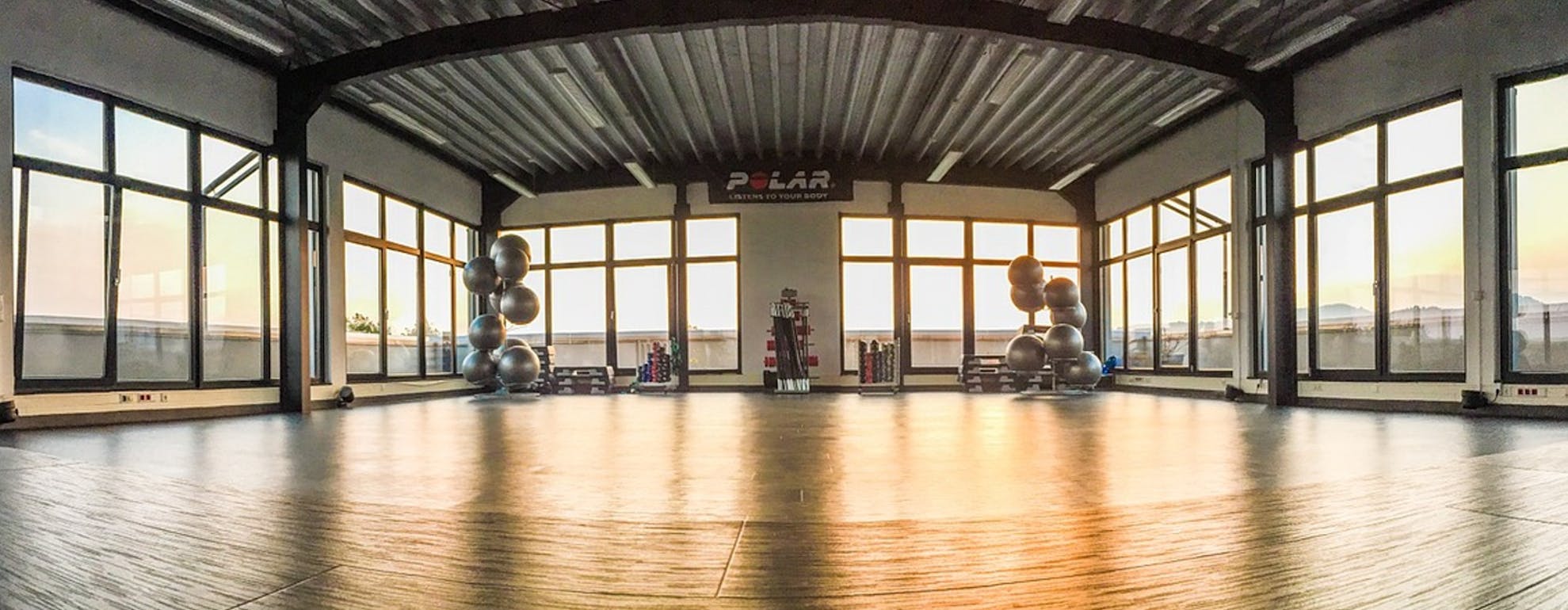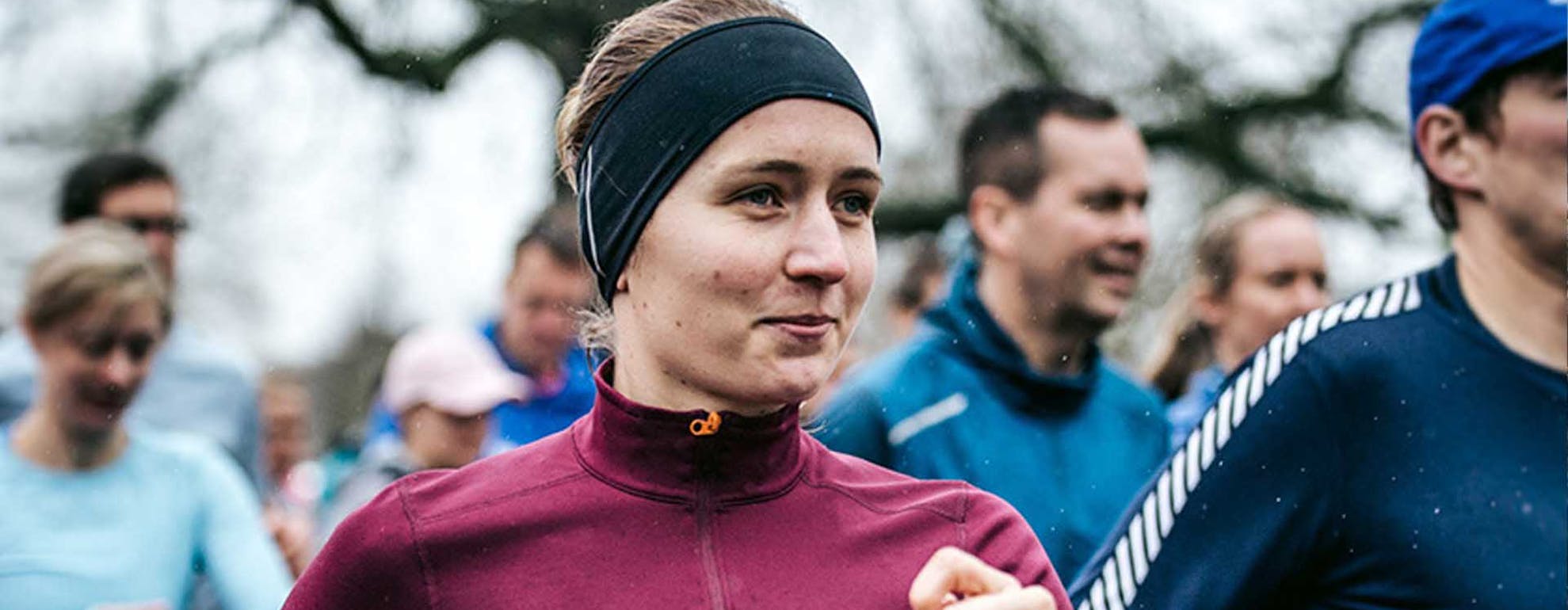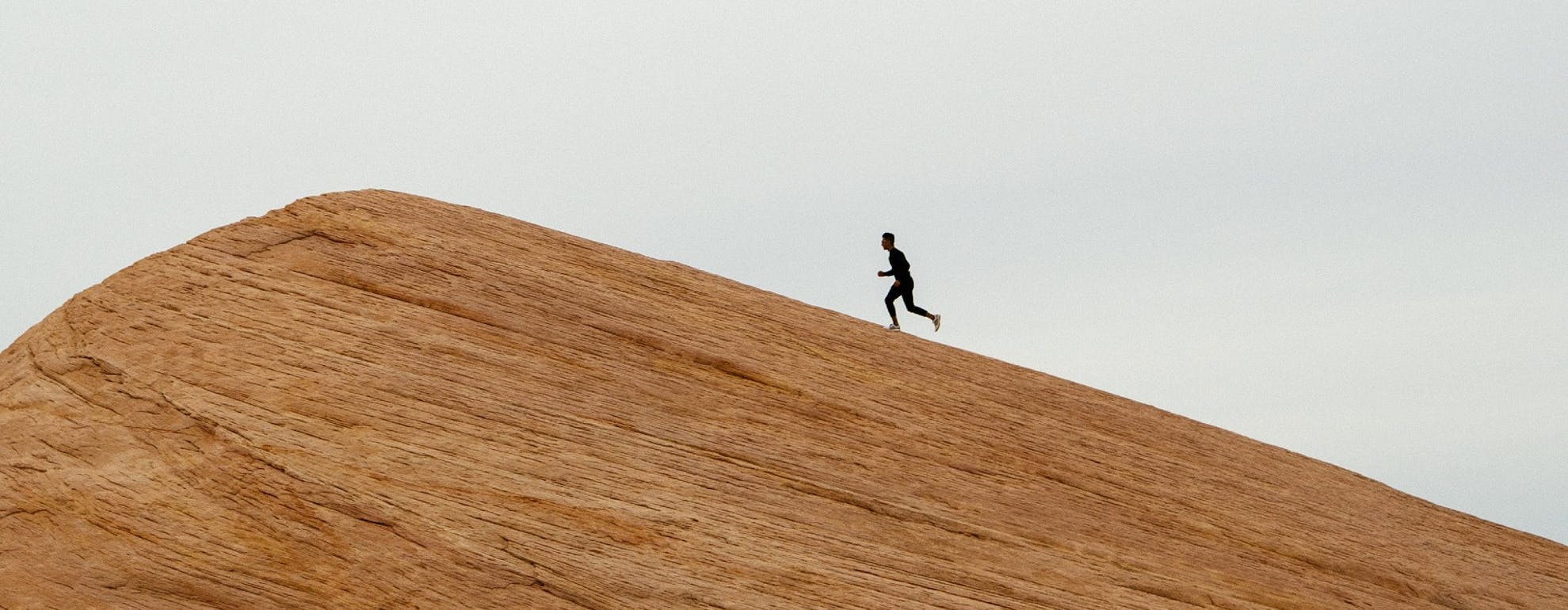
Hill Training for Trail Runners with Sarah McCormack
Whether you’re a beginner looking to make big improvements or a seasoned off-road runner looking for a competitive edge, hill training is an integral part of preparing for most trail events. It’s fair to say that they’re one of the reasons trail running is so interesting - everyone has different strengths and weaknesses on uneven terrain, with the best runners being those who can excel on any gradient and level of technicality. The possibilities for hill training are endless, from short uphill sprints to long uphill tempos to training on a loop with alternating climbs and descents. So, how to make the most of your hill training?
ㅤ
START WITH A SPECIFIC TRAINING PLAN
When planning your training for any event, there are two very useful questions you can ask yourself:
- What are the particular demands of the race? With regards to hill training, what are the climbs like in terms of their length, gradient, underfoot conditions, etc?
- What do I need to get better at? Which of the above factors do you currently feel you need to improve at the most?
A good training plan will include a bit of everything you’re going to see on race day. However, if there’s something in particular you’d like to improve on - for instance the long, steep climbs - it can be good to focus on these at the start of your season or training cycle, with a few consecutive weeks of 1-2 sessions per week that focus on this specific demand. Then, after this ‘special block’ of training, you can move on to training other adaptations, but maintain the work you’ve done by mixing in a long climb session every 2-4 weeks thereafter.
ㅤ
DECIDING ON A HILL TRAINING APPROACH
Firstly, it’s important to mention that if you’re training for a race with big hills, there is no substitute for the training stimulus of running on long sustained climbs. While it’s not always possible to do this frequently if you live somewhere quite flat, getting out to some bigger hills when possible is going to be one of the most effective ways of improving quickly. Then again, plenty of trail races can be undulating or just plain flat, so if your race doesn’t contain any 20-minute-long climbs then getting to big hills might not be a concern. So, here I’ll provide my favourite uphill sessions for when you have big hills available, and for when you don’t.
ㅤ
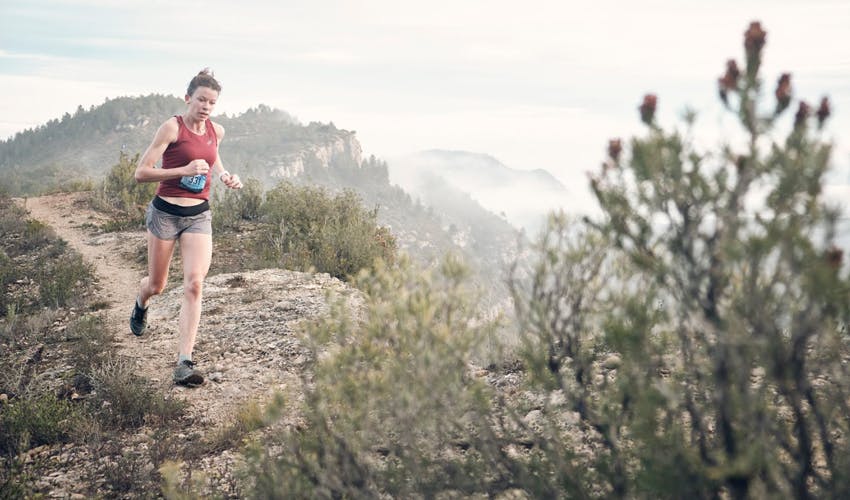
Photo credit: SIXT
ㅤ
HOW TO TRAIN WHEN BIG HILLS AREN’T AVAILABLE:
ㅤ
1. HILL SPRINTS
Sprints on a small, gradual uphill are very useful for developing running-specific leg strength, and are a great addition to your early-season training. A session of 10-second uphill sprints will:
- Recruit fast twitch muscle fibres, increasing your power and resistance to fatigue
- Improve elastic energy storage and running efficiency by reducing ground contact time
- Allow you to develop a kick for the end of a race
Six to ten reps of 10s sprints is plenty, much more than this and you’ll lose the pure speed & power element of the session. Rather than going all out, you’d be required to pace yourself, which is not the idea here. You need to leave a lot of recovery between each sprint (at least 2 mins) to allow each rep to be absolutely maximal. Don’t worry that this won’t feel like a hard session (the recovery is 12 times longer than the hard effort)! This type of session can be massively overlooked by longer distance runners and is a huge stimulus to the neuromuscular system. It’s a fantastic running-specific strength developer when included early in your training cycle.
ㅤ
2. PRE-FATIGUED REPS
Doing some harder running on the flat before you start your uphill effort is a good way to generate fatigue if you only have a small incline to work with. For instance, if your hill only takes about a minute to run up, start your rep 400-800m away from the hill so that you have a good section of fast, flat running to fatigue the legs before you hit the incline. Alternatively, do a 10-20 min tempo run on the flat followed by some 1-minute uphill reps.
ㅤ
3. TREADMILL RUNNING
Although it doesn’t sound terribly inspiring, a treadmill can be very useful for getting some long, sustained climbs if big hills aren’t readily available. Doing one or two runs at an incline on the treadmill each week can be highly beneficial, particularly when combined with a longer on bigger hills at the weekend. I worked with a runner who lived in a very flat area and trained quite effectively for the Pike’s Peak marathon (2380m climb) using the incline function on his treadmill. That’s not to say he mightn’t have done even better if he’d lived at altitude in Colorado and got out on the mountain trails every day, but you work with what you have! Plus, if you can develop the mental fortitude to run uphill for 30+ mins on your treadmill, doing this in the fresh air with lovely views on race day will feel like a breeze.
ㅤ
4. CIRCUIT RUNS
This is another great way to get some uphill training from your legs in a tired state. In a gym with a treadmill, or on a hill outdoors, intersperse 1-3 mins of uphill running efforts with exercises such as squat jumps, lunge walks, skipping rope, press ups, plank, burpees, etc. This will allow you to create local muscular fatigue in the legs and stimulate greater muscle fibre recruitment. This is particularly good for strength endurance training in the early season.
ㅤ
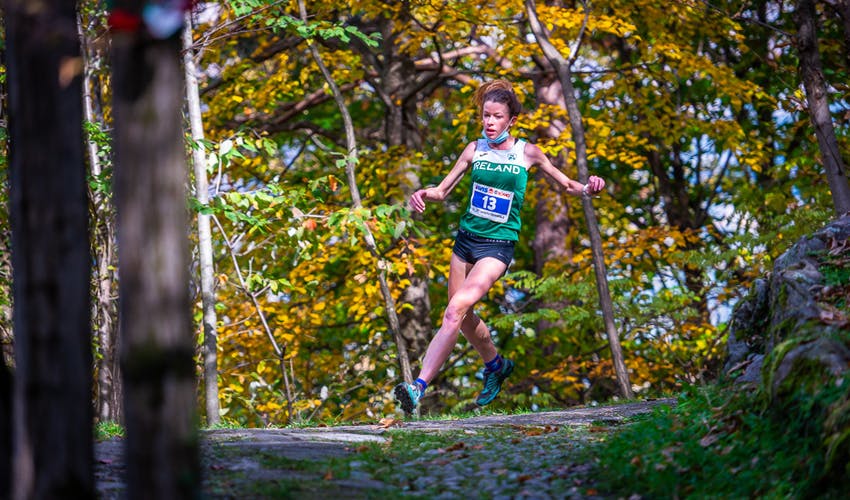
Photo credit: Mountain Running FLICKR
ㅤ
SESSIONS FOR BIG HILLS
ㅤ
1. LONGER REPS
Once you have a good base in place (e.g. hill sprints, short hill reps, sustained climbs at an easier intensity) you can build up to doing 20 to 40 minutes of total of higher intensity uphill running, in the form of long reps or an uphill tempo at close to threshold effort. Think of starting with some 3-4 minute reps, and building the rep duration over a number of weeks to a few 6-8 min reps before adding in a 15-20 minute uphill tempo. On the other hand, if you are comfortable running & hiking uphill at an easy effort for a long period, you could just gradually increase the intensity each week. The possibilities are endless, for instance you could mix short and long reps, run on a long climb alternating between hard and easy pace, or add in some short uphill sprints after your tempo run.
ㅤ
2. HILL FARTLEKS
In this type of session, you can use a hilly route with lots of inclines of varying lengths and gradients. Run all uphills hard, and run the flat & downhill sections at an easy recovery pace (20-30 % effort), for 20+ minutes. As you progress, you can start running the flat and downhills at more of a steady 60 % effort, for more of an active recovery, to simulate the demands of a race with multiple climbs and descents.
ㅤ
3. UP AND DOWN REPS
Reps that incorporate both a hard climb and fast descent will also be a good training stimulus for developing the ability to descend on tired legs during a race. For these sessions, you could find a hill which allows you to run hard uphill for 3-7 minutes, followed by a fast descent back to your starting point. Another way to train your descending skills is by including some fast 45-60s surges on the downhill after a long uphill tempo, or just running at a moderate effort for 15+ mins on an undulating route with lots of climbs and descents.
ㅤ
MY GOLDEN RULES OF HILL TRAINING:
- Be specific - look at the length, gradient and overall amount of climbing in your target events and aim to replicate this in your training sessions
- Train your weaknesses - particularly in the off-season and early season, aim to get out on terrain where you usually lose places in races, whether that’s a steep climb or a fast, gradual descent, and work on these demands.
- Create a logical progression in your training - for instance, if you struggle on long climbs, start with short hill reps sessions, and build up the duration of your hill reps over a number of weeks (or, start by running easy up a long climb, and gradually build up the intensity level).
- Don’t change everything all at once. In the same way that legs can be sensitive to changes in mileage (tendons in particular are good at making their objections known), it can also cause issues if you make big changes to your total amount of weekly climb, or the amount of harder hilly running you do. If you’re not currently doing a lot of hill work, you don’t need to go straight into consistent hill reps sessions every week. The great thing is that if you’re not that used to hill sessions yet, a little will go a long way, so start gradually and give the body a chance to recover.
ㅤ
Thanks to Sarah McCormack for these fantastic tips and check out Missing Link Coaching if you’re interested in professional and attentive coaching to help improve your running. Missing Link Coaching brings a thorough and personalised approach to running rehab that can help make stronger and biomechanically better athletes.
ㅤ
Looking for some training tips and advice? Then head over to our Training category where our athletes and experts explain everything you need to know.
Welcome
Welcome to the SportsShoes Training Hub! We’ve teamed up with athletes and experts to bring you the very best advice on how to maximise your workouts and achieve your best results.
Read More
Share this
Featured Articles
View All


